Limelight Announces New Digital Content Delivery Solution for Media and Broadcasters
Limelight, the provider of digital content delivery, announced availability of the Limelight Orchestrate™ (“Orchestrate”) solution for Media and Broadcasters, basically allowing broadcasters and media content owners to deliver broadcast-quality video to online audiences faster and easier. The Orchestrate solution for Media and Broadcasters offers a powerful cloud-based solution that reduces content publishing complexity and speeds time-to-market. While more people still watch video on their TV’s than online and on mobile devices, the gap between the two is rapidly shrinking, and the increase in consumer video consumption via mobile/digital devices is exploding.
The integration of Limelight’s content delivery network (CDN), online video platform (OVP), and cloud storage services empowers broadcasters to replicate, move, and store data globally to provide optimal content delivery performance. With Limelight’s 40+ worldwide locations, content providers benefit from reduced latency and improved access efficiency. The Limelight network delivers over 9Tbps of egress capacity, ensuring unprecedented scale, even in the case of unplanned traffic spikes. Key functionalities of the Limelight Orchestrate include: Single Upload and Automatic Transcoding, Zero time to Publish (ZTP), Closed Captioning, Multi-device Media Delivery (MMD) (Live and VOD), Digital Rights Management (DRM) Support, Monetization, Robust REST-based Application Programming Interfaces (APIs) and Actionable Analytics.
Book a demo today to see GlobalDots is action.
Optimize cloud costs, control spend, and automate for deeper insights and efficiency.

Read the full story at Limelight site.
How to Win the Piracy War: Offer Premium Content at a Fair Price
In the early 2000’s, CDs had become so expensive, and albums were bloated with so much filler, that consumers didn’t want to shell out $18 for one or two songs they liked and a dozen that they didn’t. It all led to the rise and fall of Napster, and the music industry’s flubbed response to large-scale piracy. As the music piracy topped the charts, the music industry’s solution, eventually, was digital downloads, in particular iTunes, which allowed consumers to purchase music by the track rather than by the album.
However rampant it appears to be, piracy is still a relatively small problem, and the best way to combat it is by giving consumers access to the content they want, on the devices they want to watch it on, legally and at a decent price, especially now that DRM technologies are less onerous and invasive. A recent study by Irdeto suggests that the strategy is working. According to the study, 70 percent of adults in the U.S. “never” watch any pirated movies or TV shows. As the research from Irdeto and Futuresource indicate, most consumers are more than willing to pay for the content they watch, and rights holders are leading the way, rather than playing catch-up.
Check the full article at StreamingMedia.
Inside baseball, Page Load Times and why the smart manager must look beyond the obvious
PLT is the average time its takes for a page to complete. PLT is the “batting average” of web performance. Like baseball – there are many other numbers you can look at. There are number of visits per day. There is Successful Page Loads (SPL). PLT is important. here are many studies that show that by lowering page load times you retain more customers to your site and thereby convert more into paying customers (or whatever your metric for success is). After Openmix the average Page Load Time went up – but that was good because the GOAL of the business was to get more customers – and more customer means more potential conversions – even at the slower time. By implementing Openmix by Cedexis this customer found that they lowered their batting average but put themselves in a position to win the game.
Full story at Cedexis blog.
Top Mobile Malware Trends
In the modern high technology world, we observe mobile malware spreading with such rapid advances. The inforgraphic provided below by NQ.com will help you get the general overview of infection strains and rates with regard to mobile threats.85.970 new mobile threats were discovered from January to June 2014. This is 68% more as compared with January-June 2013.
Top infected markets from around the world are as follows: China, India, Saudi Arabia, Indonesia, USA, Nigeria, Vietnam, Russia, Thailand and Malaysia.7.5 million Android devices were reported to be infected in the first half of 2014. This is 78.6% more as compared with the same period in 2013. Overall, 62% of mobile malware are considered to bring financial benefits for malware engineers. 11% of mobile threats serve as leakage of confidential information, which is usually sold illegally.
Here are several examples of mobile malware for your consideration:
- Ransomware – “simplelocker” requested permissions to perform actions like writing to external storage device
- Profit – “Trick Connector” led unsuspecting users to send premium SMS and automatically connect to the Internet
- Data Theft – “Fake Play” masqueraded as the Google Play App Store. Once installed, the app could intercept and upload users’ messages, contacts and app data
- Botnets – “Text Theif” could block text messages from designated numbers while sending unauthorized messages to paid subscriber services
For the full article, go to CloudTweaks.
What Is The Internet of Things [Infographic]?
The Internet of Things (IOT) and Smart Systems are based on the notions of Sensors, Connectivity, People and Processes. We digitize the results and make them available via networks and put all the networked information into bi-directional systems to combine people, data, systems and processes, which leads to more successful decision-making, acquaring brand new services and smart applications, and lay a path towards diverse applications.
The sensors are basically a digital nervous system; locationd ata using GPS sensors. Eyes and ears using cameras and microphones, with sensory organs to measure everything form temperature to pressure changes. In 2014 nearly 2 billion connected devices will be shipped. This number will grow to nearly 8 billion devices for the year 2020. The impact of this trend is enormous, resulting in over $180 billion in revenue. By 2020 this opportunity will grow to more than $1 trillion. The IoT will take us beyond connection to become part of a living, moving, global nervous system.
Read the full article at CloudTweaks.
A New Age of eCommerce eBook
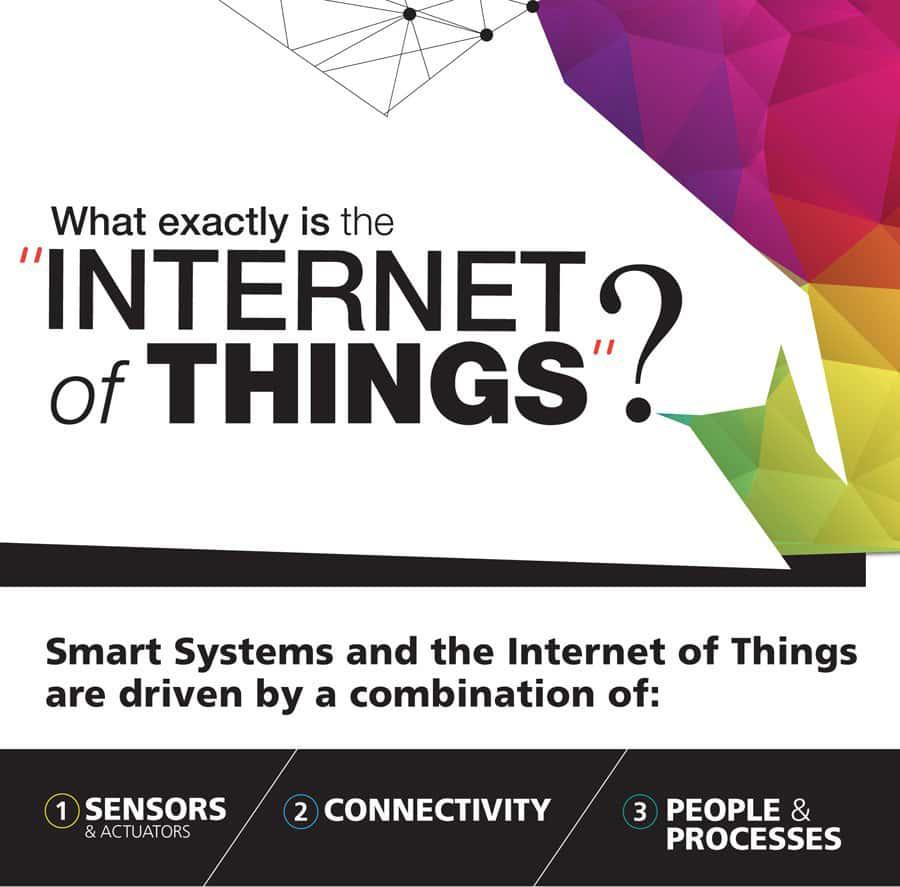
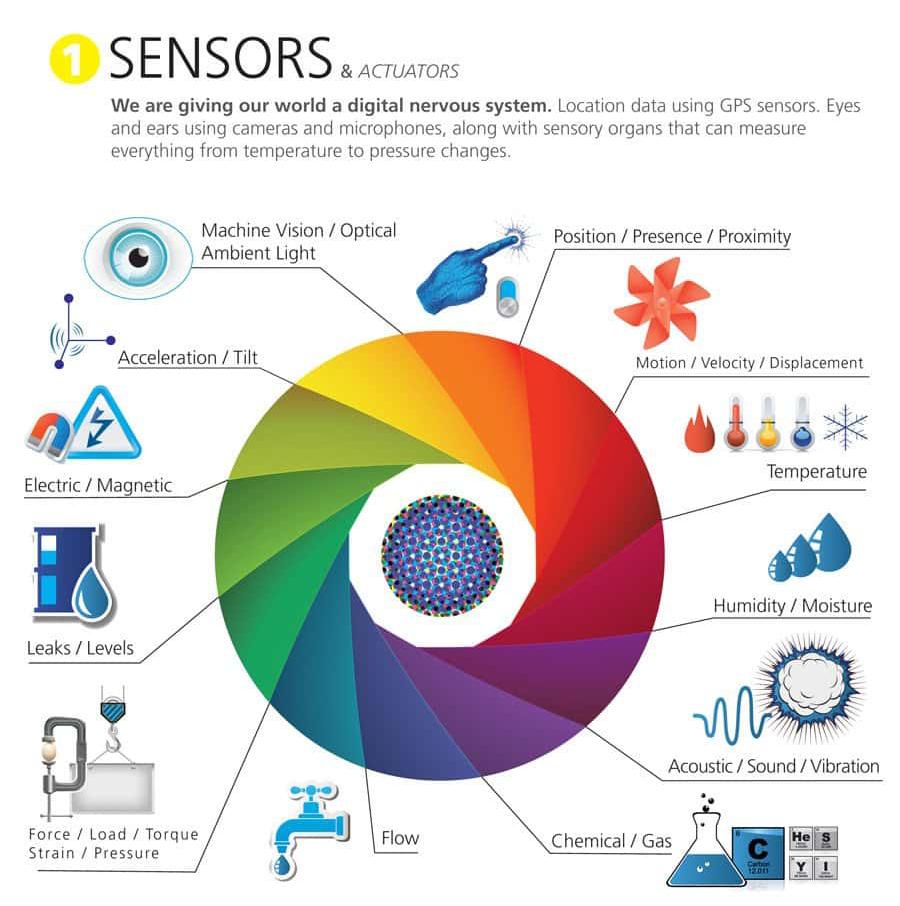
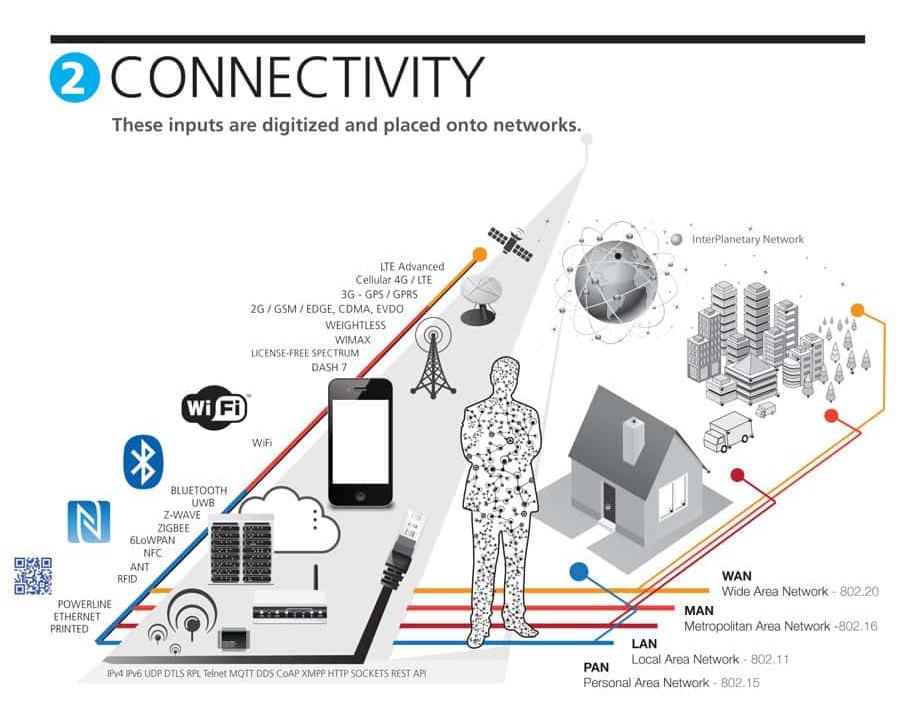
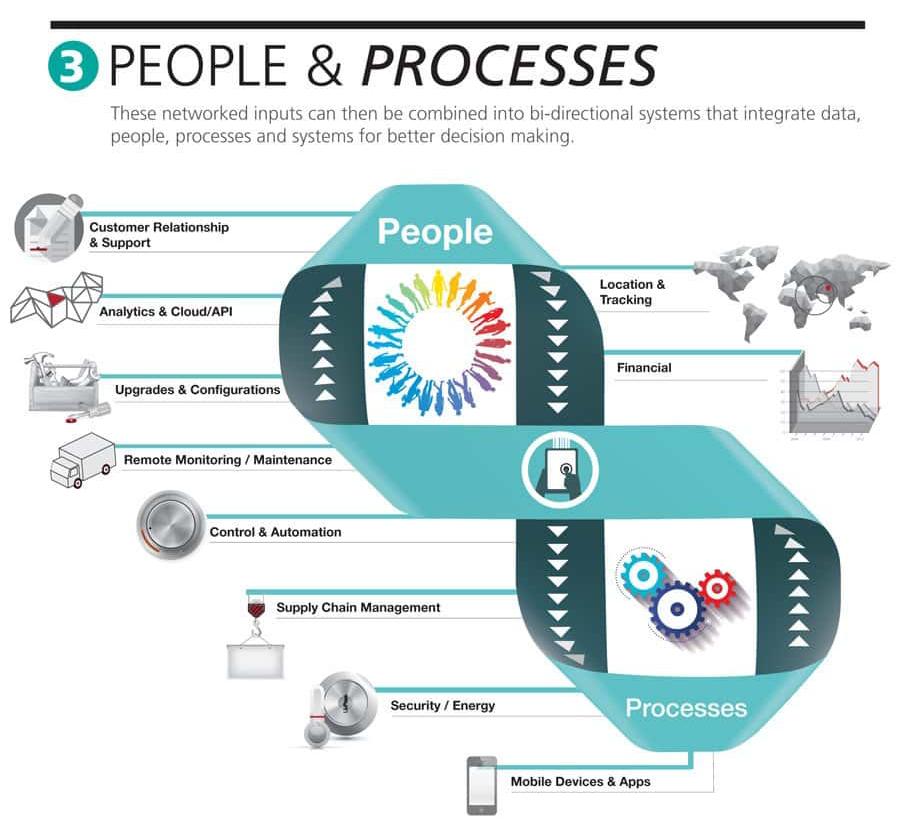
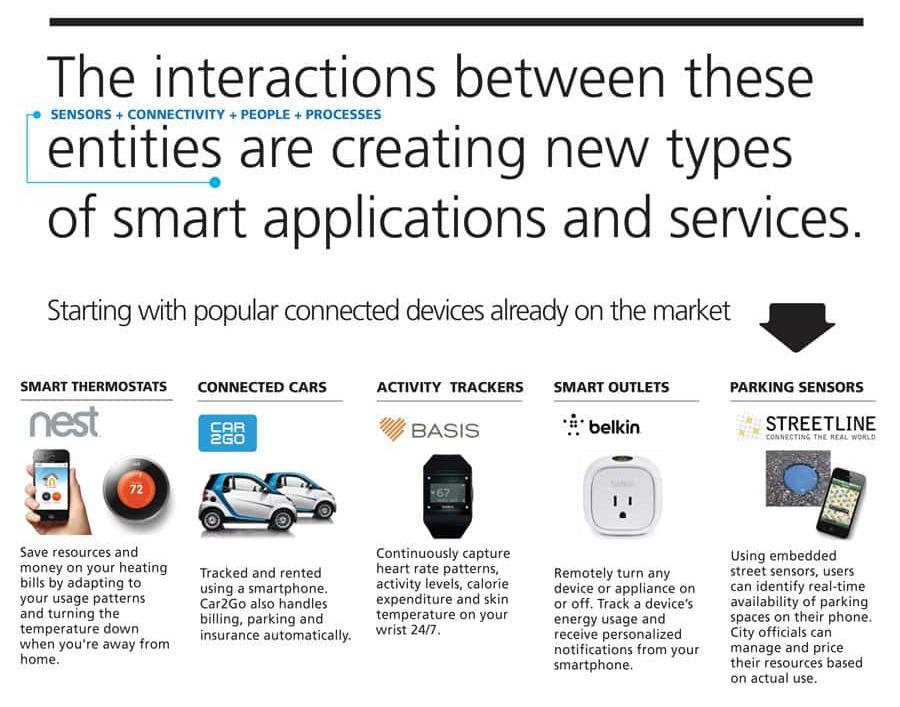
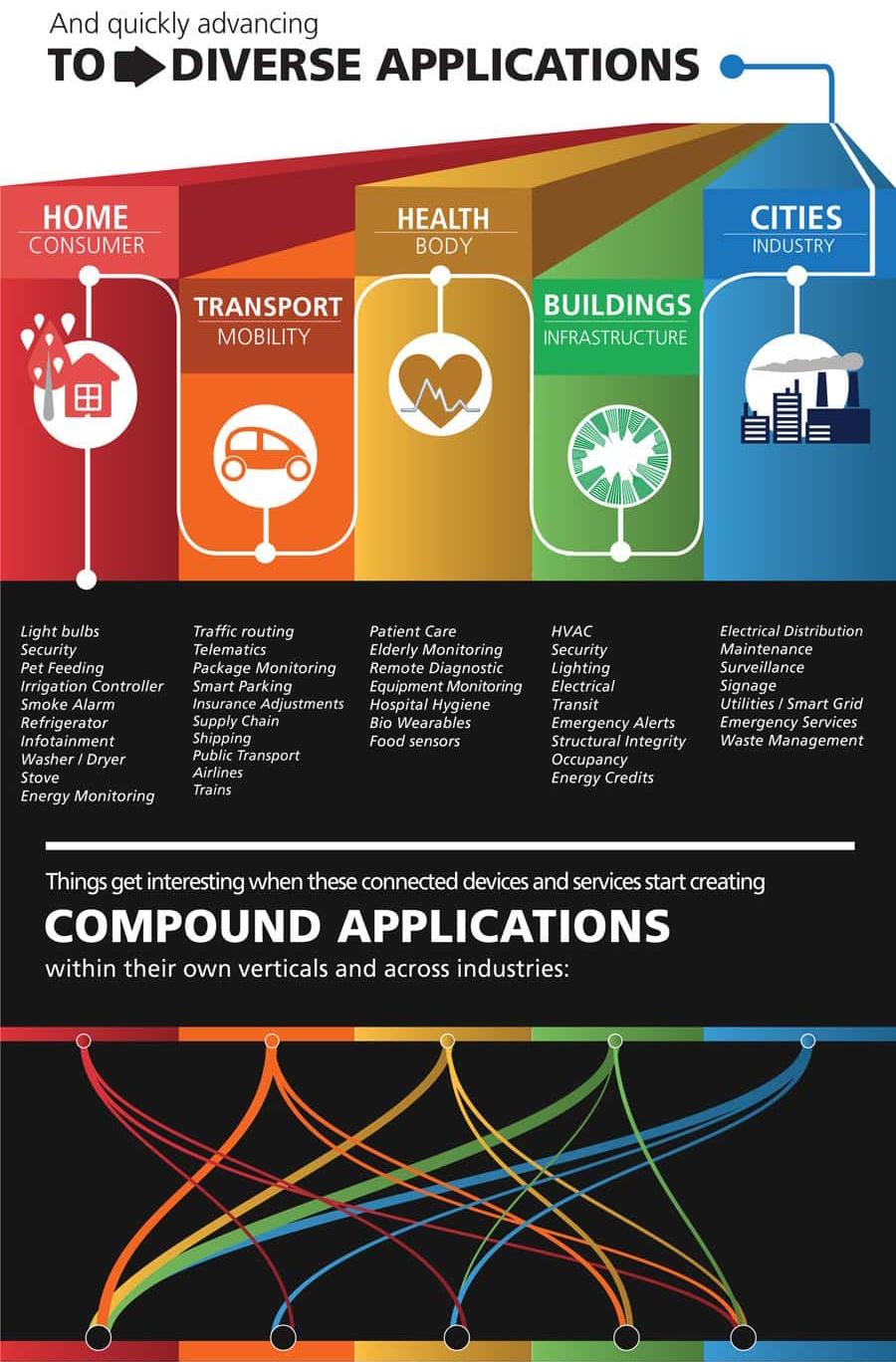
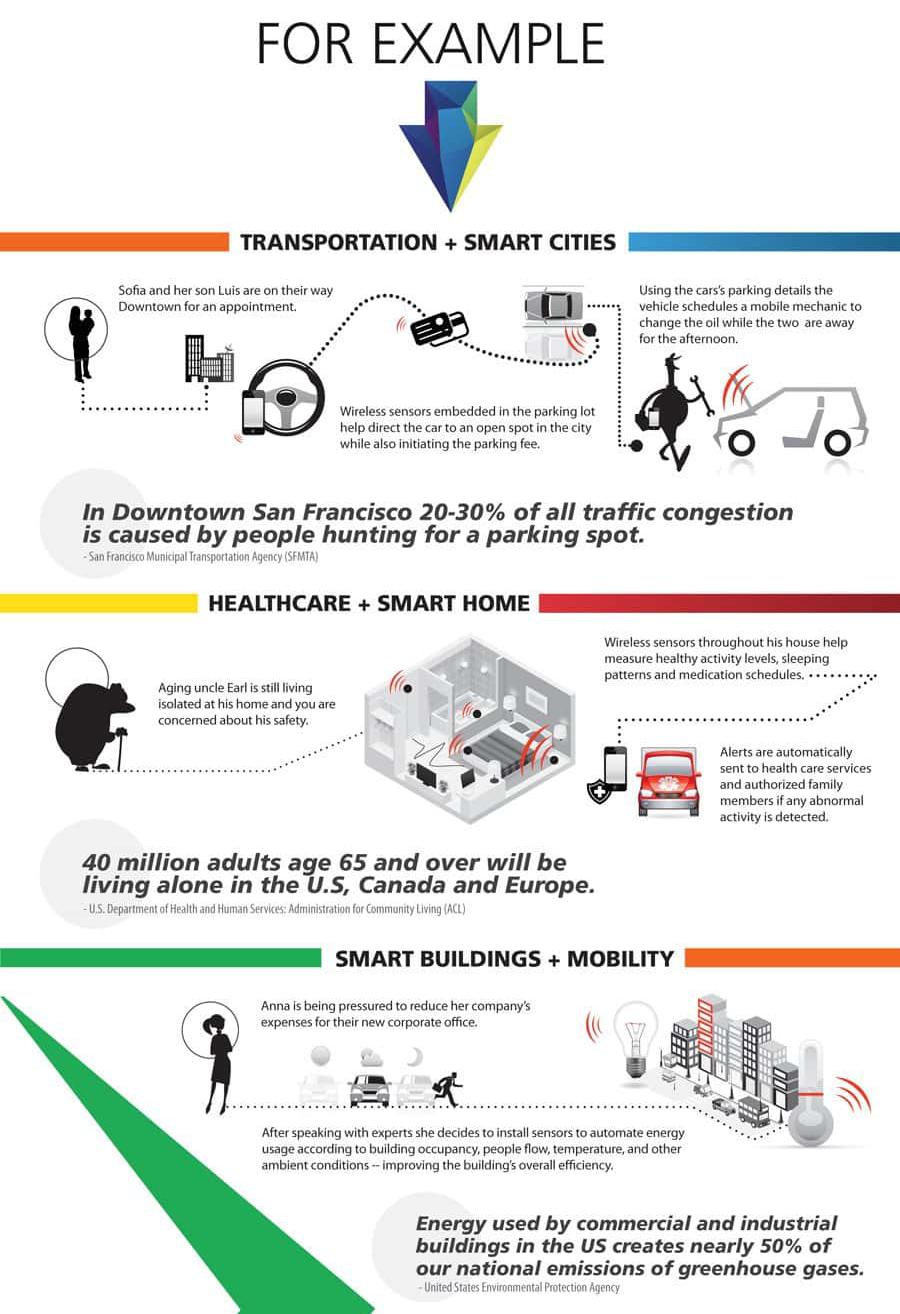
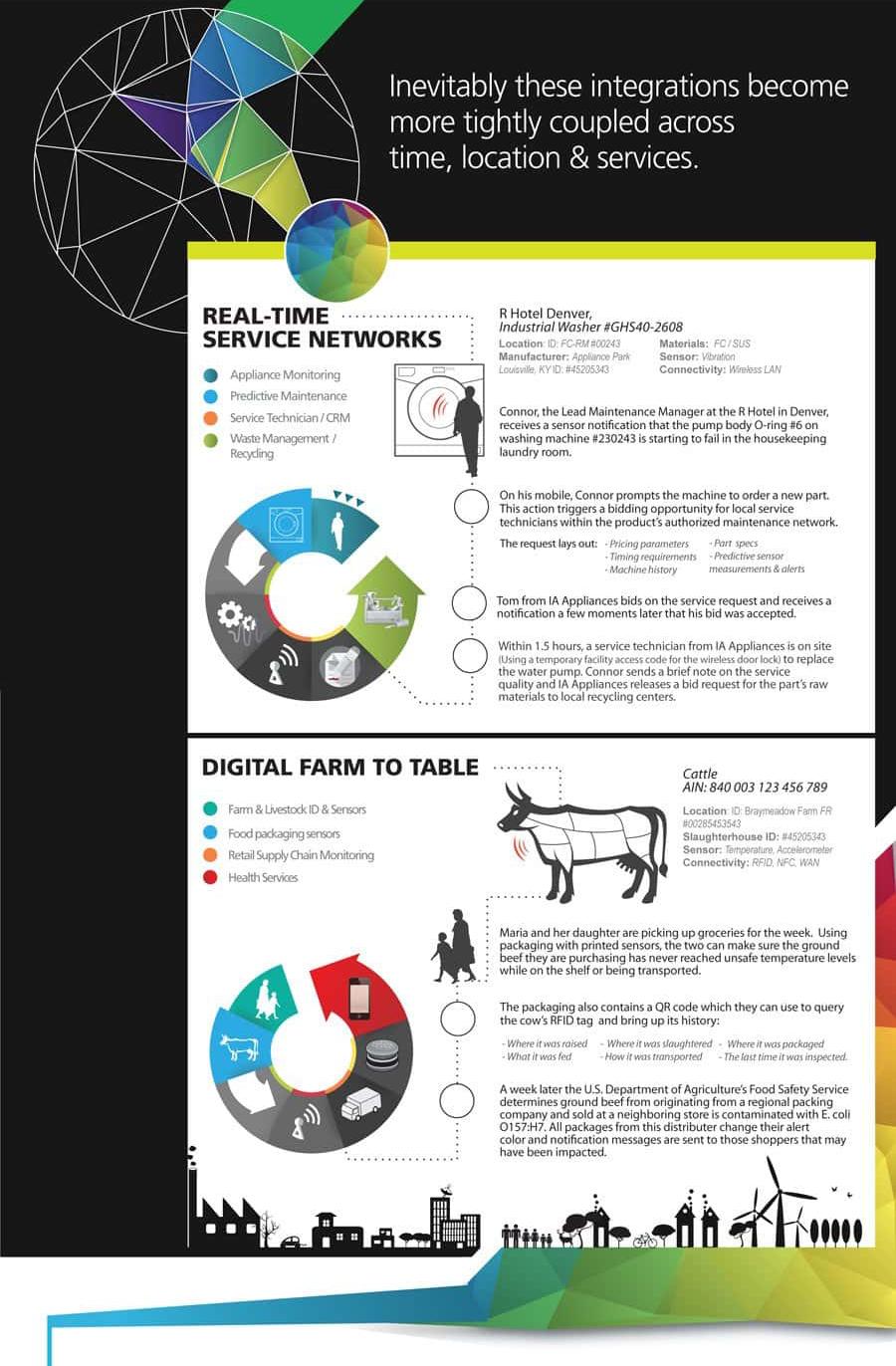
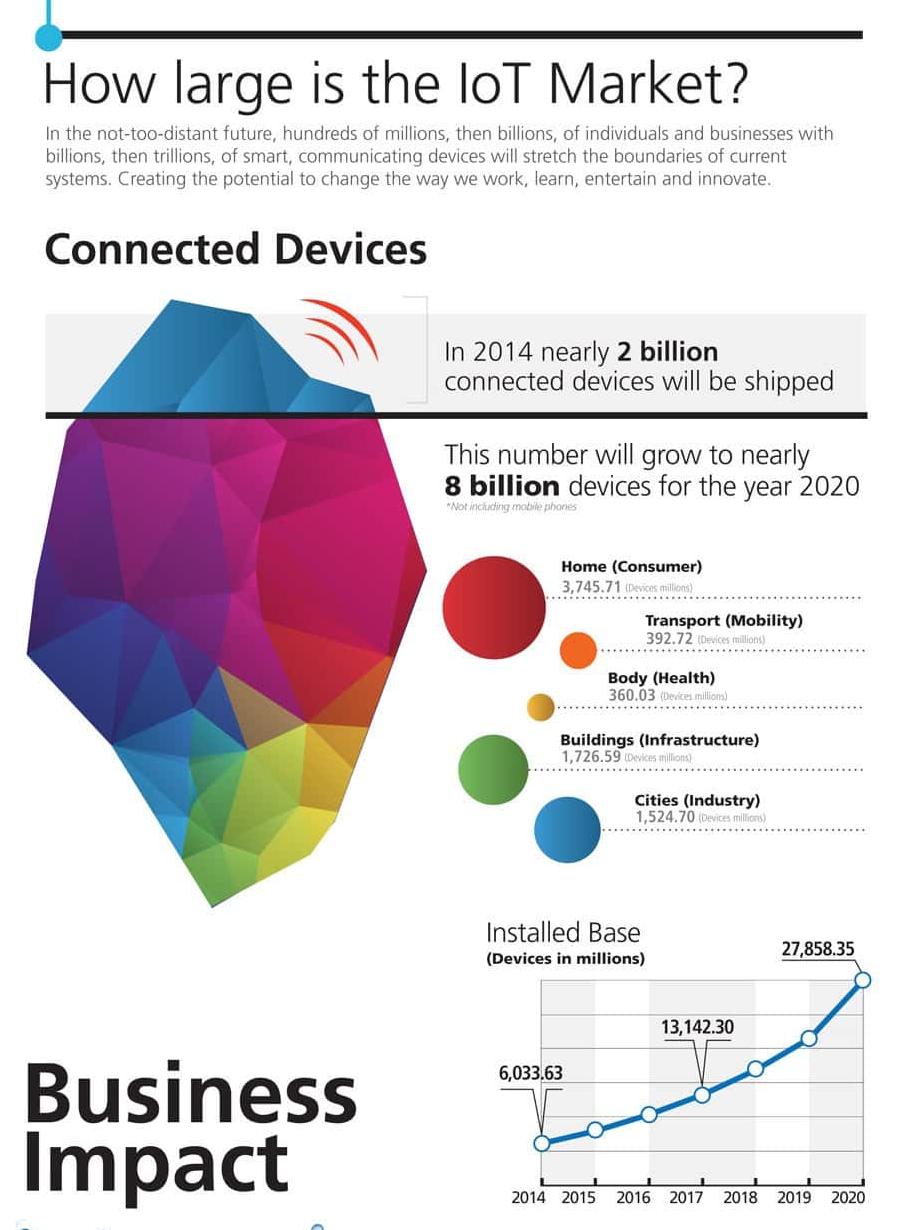
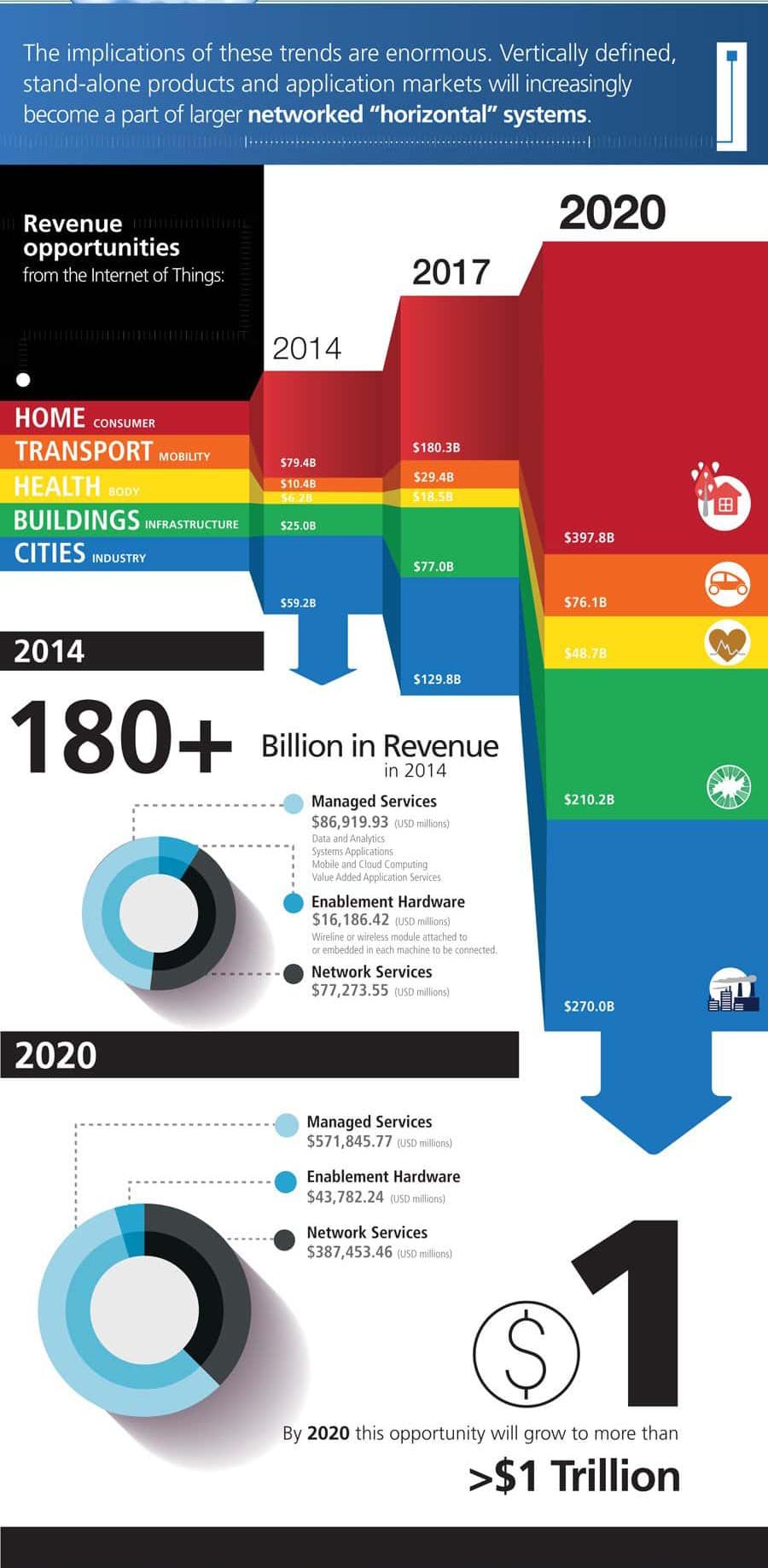
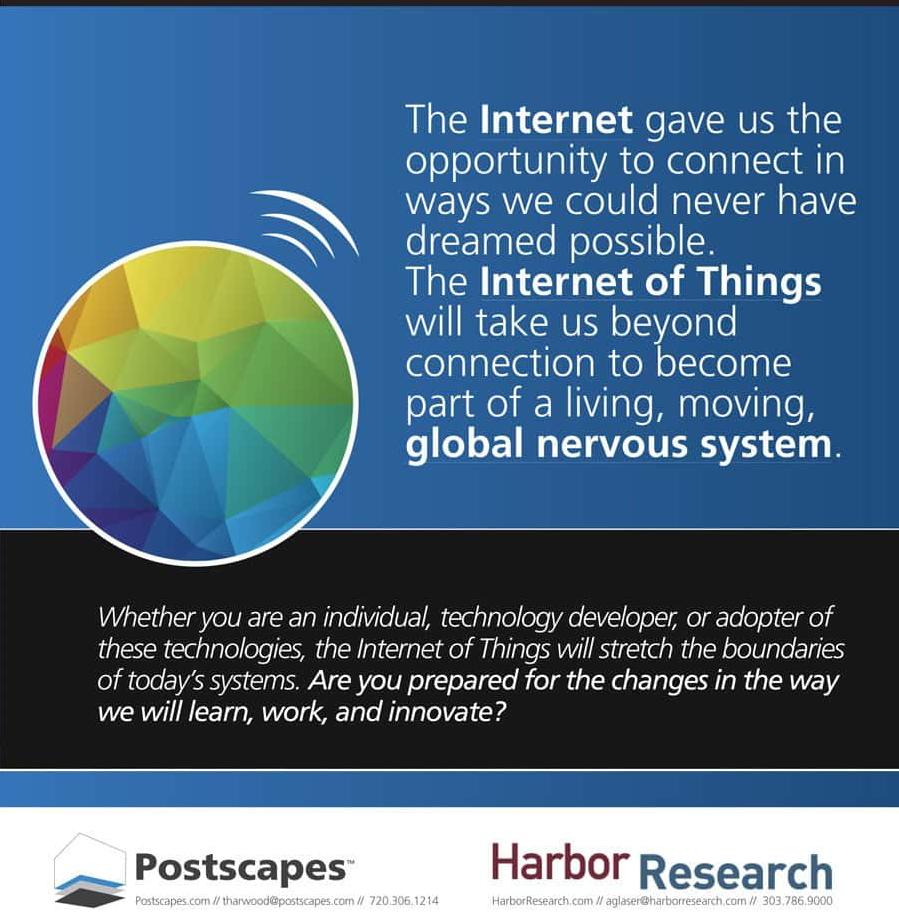
The Third Age of eCommerce is now upon us, presenting a number of challenges. Rackspace teamed up with experts from the partner companies Ampersand, Salmon and Conexus to examine the new issues facing retailers. The collected insights and advice can be found in the new eBook, dubbed: “A New Age of eCommerce”. The gathered info will ready the readers to dealiver scale, promote relationships, simplify, gather real-time data, plan for sudden spikes and more. Enlist for the document on the link below.
Download the ebook at Rackspace.







